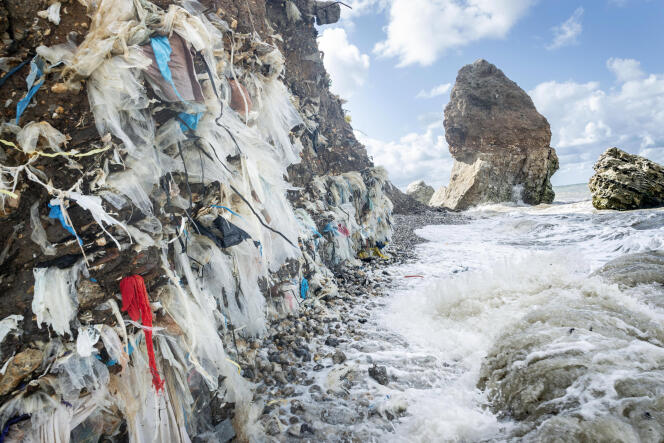


Will this new roadmap succeed where previous ones have failed? The third edition of the "National Biodiversity Strategy 2030" (SNB), which aims to halt the destruction of living things by the end of the decade, was officially launched on Monday, November 27 – several years late. Unveiling the broad outlines from her office, French Prime Minister Elisabeth Borne reiterated what was at stake in the document: "The collapse of biodiversity is so strong, so rapid and so widespread that the sixth extinction is looming," said Borne, who is also a former environment minister.
Presented as "one of the pillars" of France's "environmental planning," the strategy is structured around four main themes (reducing pressures on biodiversity, restoring, mobilizing stakeholders, and strengthening resources), broken down into 40 measures and 200 actions. On Monday, the main nature protection organizations, as well as representatives of the agriculture chambers, trade unions and employers, widely welcomed an ambitious text with additional resources and more robust indicators, but they also noted some gray areas.
The document begins with a reminder of President Emmanuel Macron's ambition, announced in 2019, to place 10% of French territory under strong protection (compared to 4.2% today). It adds a novelty: Until now, only mining activities had been excluded, as a matter of principle, from these zones. In the future, a mission will be tasked with extending the list of activities that may be prohibited by default in these areas. To be authorized, they will have to demonstrate that they have no impact on the environment.
"We're going to change the rules and reverse the burden of proof," insisted Environment Minister Christophe Béchu. The planning of acceleration zones for renewable energies will also have to take into account areas under strong protection. The president of the French League for the Protection of Birds, Allain Bougrain-Dubourg, called for the strongly protected areas to be turned into "sanctuaries." "It would be incomprehensible to have fishing or hunting activities, wind turbines or photovoltaic panels in the 10% of strongly protected areas," he said.
To combat the main threats to biodiversity (lang grabbing, pesticides and other types of pollution, overexploitation of species, etc.), the government confirmed its objective of halving the rate of consumption of natural, agricultural and forest areas over the next 10 years, and announced a 50% reduction in light pollution, as well as the elimination of all former coastal landfills. With regard to the fight against invasive alien species, 500 operations between now and 2025 are promised, and a new national unit to combat species trafficking will be launched.
You have 60% of this article left to read. The rest is for subscribers only.
